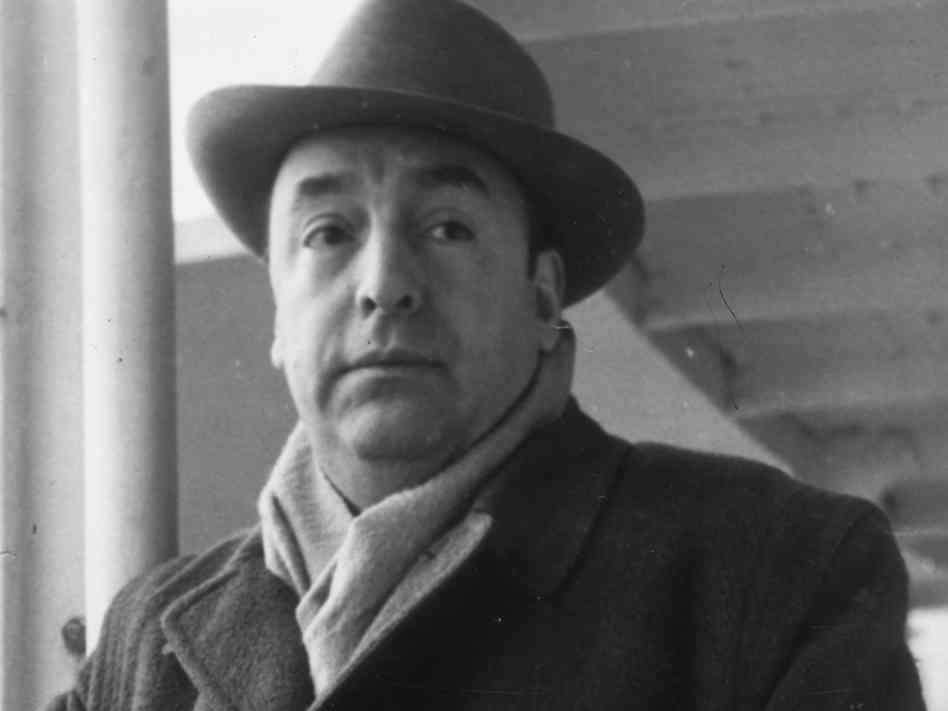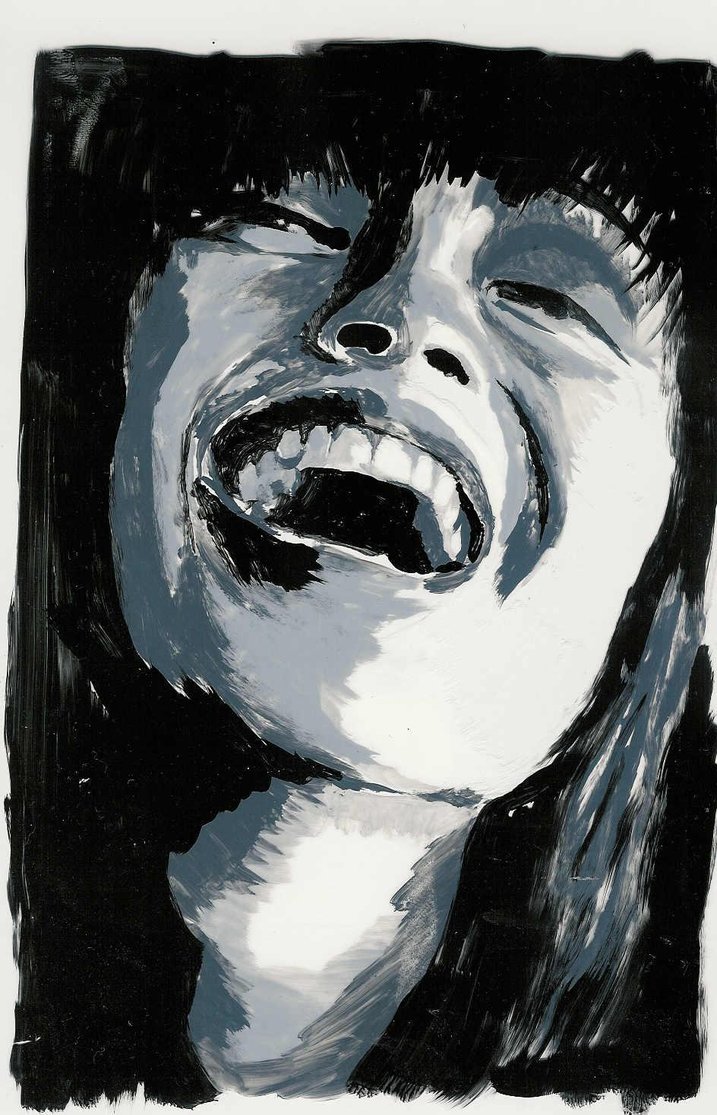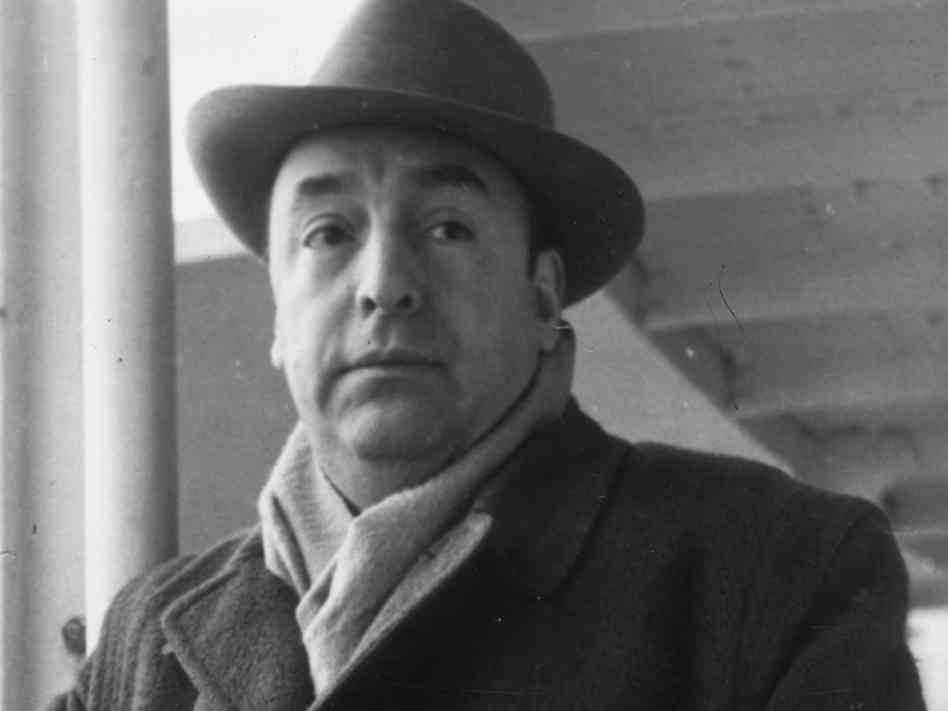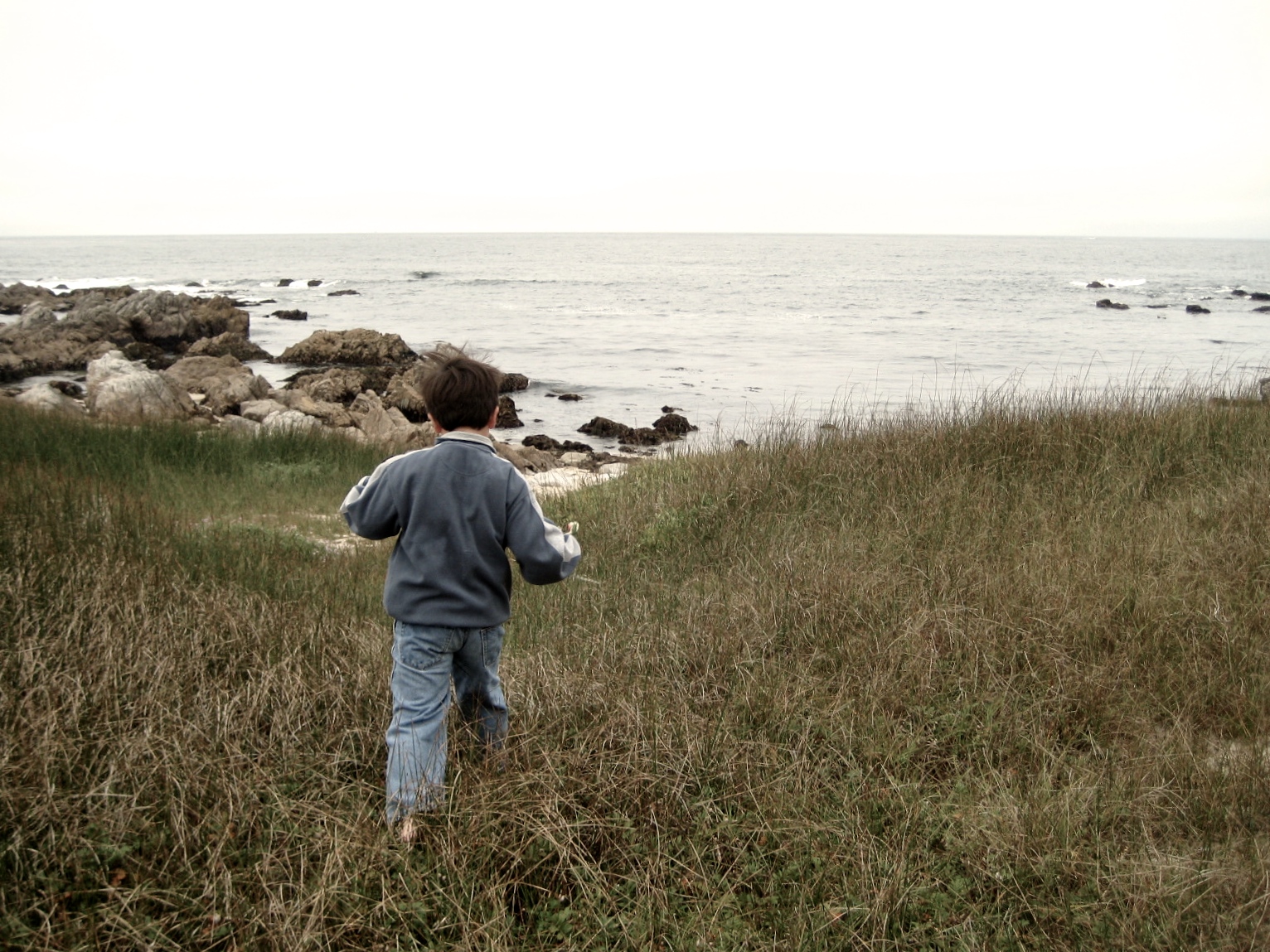
About the Poet: Pablo Neruda was not born with the name which is imprinted across his poetry collections now. He was born as Neftalí Ricardo Reyes Basoalto in a Chilean household and he took up the pen name of Pablo Neruda inspired by his inspiration, the Czech writer Jan Neruda when he took to… Continue reading A Short Introduction and Meaning of Keeping Quiet: 2022

Keeping Quiet by Pablo Neruda is a powerful piece of poetry penned by the poet in favor of peace, humanity, and self-actualization. Keeping Quiet: Analysis We live in troubled times these days in which our utilitarian take on life has not just divorced us from fellow human beings but also from our own selves. We… Continue reading Keeping Quiet: Analysis, Central Idea, and Theme: 2023

Keeping Quiet is an eloquent piece on peace, humanity, and brotherhood by Pablo Neruda, which is explosive as it is quiet. In a very calm fashion, Neruda leaves us with a world of wisdom in the poem. His calmness is cleverly poised because Neruda figured that staunch activism was not the aptest way to get… Continue reading Keeping Quiet: Summary: 2022

Pablo Neruda is the pen name of Ricardo Eliécer Neftalí Reyes Basoalto, a Chilean diplomat and poet. He was born in the year 1904 in Parral, Chile. He first composed his poems in 1914. In 1917, he published his first work in a local newspaper. He moved to Santiago in 1921, from where he published… Continue reading Tonight I Can Write the Saddest Lines: Summary and Analysis: 2023

This poem summary focuses on the poem ‘Your Laughter’ by Chilean poet Pablo Neruda. Neruda’s love poems are some of the most touching works ever written, and ‘Your laughter’ is no exception. This poem consists of six stanzas, each made up of varying numbers of lines. The first stanza consists of just three lines, but… Continue reading Summary of Your Laughter by Pablo Neruda

This poem analysis of Pablo Neruda’s poem ‘Your Laughter’ is divided into three parts – context, rhyme scheme and rhetorical devices, and deeper significance. Context: ‘Your Laughter’ was published as part of a collection of poetry by Neruda entitled The Captain’s Verses, which was published in the year 1972. This shows that ‘Your laughter’ was… Continue reading Analysis of Your Laughter by Pablo Neruda

This poem summary focuses on the poem ‘Brown and Agile Child’ by the Chilean poet Pablo Neruda. Neruda is best known for his love poems, and his political verse. In that sense, the content of ‘Brown and Agile Child’ makes this an atypical poem when considered alongside the rest of Neruda’s poetic oeuvre. ‘Brown and… Continue reading Summary of Brown and Agile Child by Pablo Neruda

This poem analysis of Pablo Neruda’s poem ‘Brown and Agile Child’ is divided into three parts – rhyme scheme and rhetorical devices, deeper significance, and title. Rhyme Scheme and Rhetorical Devices: ‘Brown and Agile Child’ is written in free verse, as are most of the other poems of Neruda. The use of free verse is… Continue reading Analysis of Brown and Agile Child by Pablo Neruda

‘Walking Around’ is a dystopic view of life. Influenced by his walk around Santiago, Neruda composed this poem sometime around 1933. It was published in the Residencia en la tierra II, (‘Residence on Earth’, Volume II) in 1935. The poem consists of 10 stanzas. It begins with the narrator’s exhaustion with being a man and… Continue reading Walking Around Summary by Pablo Neruda

Life and Death: The narrator grapples often with the theme of his life and death, rather, his life in death. In S1, he considers himself a felt swan instead of a human being; in S2, he wants to become inanimate, although he’s alive. In S4, he shows a spark of life and wishes to do… Continue reading Walking Around Analysis by Pablo Neruda





